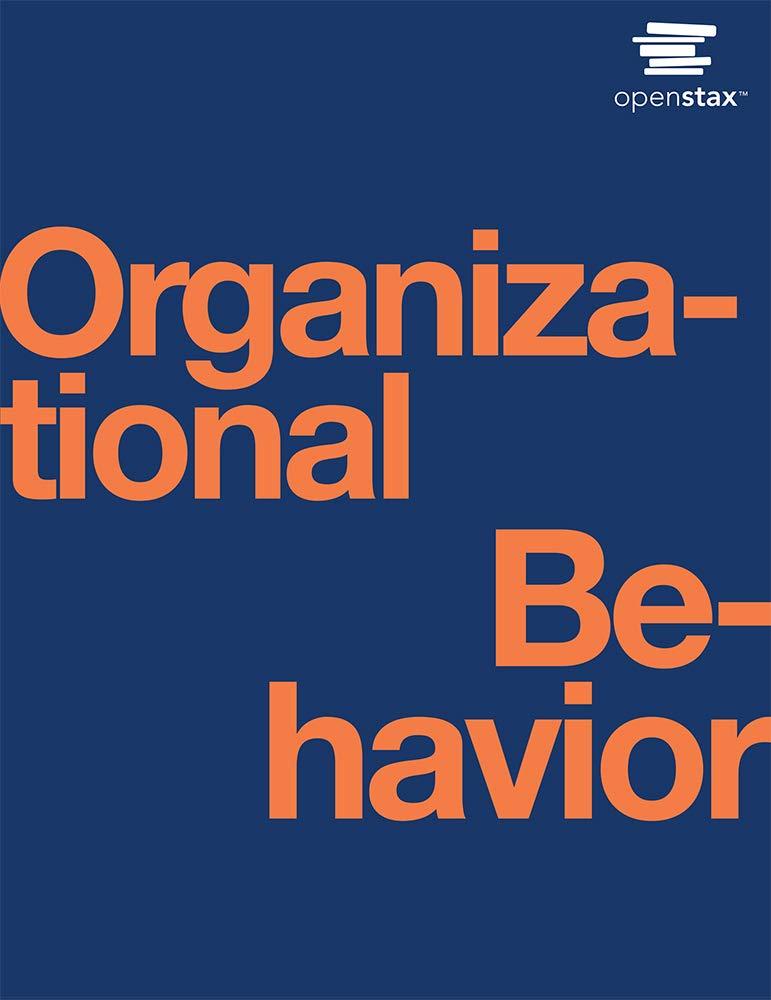Question
Background on Valuation of Flow-Through Entities: The valuation of flow-through entities has been a debate since 1999 when the Tax Court decided an S corporation
Background on Valuation of Flow-Through Entities:
The valuation of flow-through entities has been a debate since 1999 when the Tax Court decided an S corporation was more valuable than an otherwise identical C corporation. Gross v. Commissioner (1999) is the Tax Court case that introduced the idea an S corporation should be more valuable than a comparable C corporation. The Court justified the position because an S corporation does not pay tax on net income at the entity level in the same manner as a C corporation.
Given that earnings or cash flows are the primary benefit stream that is either capitalized or discounted in the valuation process. When net income is not adjusted for taxes (otherwise known as tax-affecting), this situation creates an inflated value for S corporations and flow-through entities such as partnerships and limited liability companies. An essential advantage of an S corporation is the opportunity for shareholders to reduce the total tax burden. The net income of an S corporation is taxed once at the shareholder level. In contrast, C corporations pay taxes at the entity level on corporate taxable income, and the shareholder(s) also pay tax at the shareholder level on dividends received. Due to this single level tax structure, the net tax burden for an S corporation is less than a C corporation. However, the burden is not zero. Yet, this saga continues to this day.
For example, there are buyer preferences, transaction type differences, and entity advantages/disadvantages. In DiGabriele (2008) The Moderating Effects (located in files Week 9) ..., a manuscript I have been blessed with the recognition from the academic and practitioner communities (see attachment), one of the findings is a private buyer would pay a premium of 8.8.% for an S Corporation. The likely reason is a private buyer can maintain a S election. A public buyer can not. A lesson in, it depends. Value is different things to different buyers.
When the tax law changed, effective January 1, 2018, the corporate tax rate dropped to a flat 21%. It made sense to revisit the debate on S Corporation premiums.
In the spirit of full disclosure, there are studies that refute the S Corp premium.
CR_CW
Should the primary benefit stream of S Corporations be reduced by taxes in a business valuation? In other words, should S Corps tax affect earnings or cash flows that are the that is either capitalized or discounted in the valuation process?
The primary benefit stream of an S corporation should be reduced by taxes when engaging in an Income and Market Approach valuation of the business. When looking at the data, identical earnings between a C corporation and an S corporation results in a premium for the S corporation which inversely correlates with the personal tax rates (DiGabriele, 2018, pp. 162 - 165). Because this premium exists, methods which rely on comparative measures (Market Approach) and methods which utilize data from C corporations to arrive at capitalization/discount rates (Income Approach) will be improperly modeled when finding the value of an S corporation. The Asset Approach is relatively unaffected by this issue since it determines value based on the property the business owns and not the earnings it generates.
Excellent logic chain. Nothing gets lost. An example of more isn't better but better is better! Well done!
"The Asset Approach is relatively unaffected by this issue since it determines value based on the property the business owns and not the earnings it generates."
QUESTION
This question is difficult but due to the above, I have to ask. Which features of an IRC 338(h)(10) can affect the asset approach to valuation?
See Erikson and Wang 2007 or DiGabriele 2008
Step by Step Solution
There are 3 Steps involved in it
Step: 1
In the context of valuation IRC 338h10 refers to a provision in the Internal Revenue Code that allows for a specific type of asset acquisition in corp...
Get Instant Access to Expert-Tailored Solutions
See step-by-step solutions with expert insights and AI powered tools for academic success
Step: 2

Step: 3

Ace Your Homework with AI
Get the answers you need in no time with our AI-driven, step-by-step assistance
Get Started


